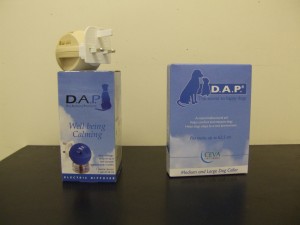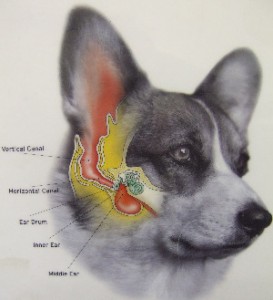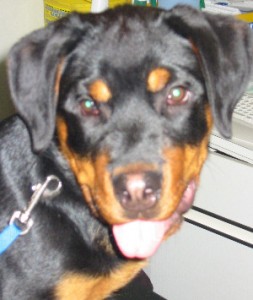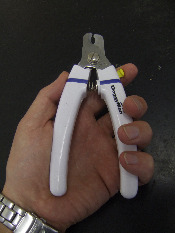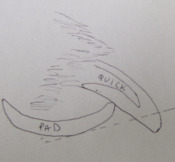Bonfire night is fast approaching with the associated fireworks and this is the time of year that we get lots of enquiries about how to manage dogs that are fearful of fireworks.
My tips are
- Give your dog a safe area to go to such as a crate or cupboard under the stairs, and provide plenty of bedding to allow him to burrow in.
- Leaving a loud radio or turn the television up can help also, or play classical music.
- Use dog pheromones – a spray , plug in diffuser or collar are available which emit a scent that reassures and calms the dog. This is called DAP (dog appeasing pheromone) and can be purchased at the veterinary surgery. The plug in diffuser should be placed near the safe area. Your dog can also wear a DAP collar, so that the calming scent accompanies him if he moves around.
- Ensure that your dog does not get extra attention when acting in a frightened manner. This can make the problem worse in that he may think that by acting frightened he will get more attention. You should continue with your normal routine, and only give him reward with attention after he has calmed down.
- Provide toys or chews as a distraction.
- Take your dog out early to toilet before the fireworks begin.
- Close the curtains, and put on lights to reduce flashes from the fireworks.
- Finally it is possible to try to desensitize your pet to noises, by using various CD’s such as Sounds Scary, or soundtherapy4pets.com, which start off by playing noises at low volume and gradually increasing the volume. This can take many weeks or months and is best started early in the year well before bonfire night.
- For contact details of your local surgery see www.youngvets.co.uk

